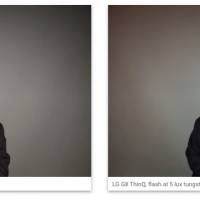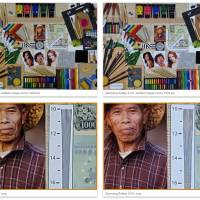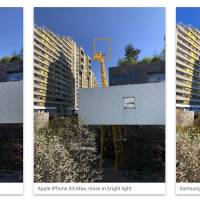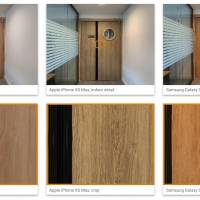
Hitting DxOMark with high scores isn’t the ultimate measure of a smartphone’s awesomeness but it sure helps consumers in making their shopping decisions. The team of experts has been busy the previous weeks, publishing reviews and mobile scores of some of the latest flagship phones including the LG V40 ThinQ, Samsung Galaxy S10 5G, Samsung Galaxy A9, Sony Xperia XZ3, Samsung Galaxy S10+, Xiaomi Mi 9, Xiaomi Pocophone F1, and the Huawei Mate 20 Pro. Huawei’s premium flagship phone is now on No. 1 ranking together with the Samsung Galaxy S10 5G.
Today, we’re learning about the LG G8 ThinQ as it follows another premium ThinQ phone on DxOMark–LG V40 ThinQ. The LG G8 ThinQ is rolling out in the United States. We’ve got our hands-on feature as shown off during the Mobile World Congress 2019.
The LG G8 ThinQ was intriguing even before the public launch because we were told it would arrive with a selfie camera with ToF 3D technology. The phone features a Crystal Sound OLED tech. When it comes to imaging, here’s a rundown of the camera specs: a triple camera system that includes 12MP with f/1.5 and OIS, 16MP Ultra-wide and f/1.9 lens, 12MP telephoto f/2.4/PDAF/OIS.

The LG G8 ThinQ scored 96 on DXOMARK (99 Photo, 89 Video, No 11 Ranking). Checking the sample photos, the smartphone allows good details in indoor zoom images, fairly well details when reproduced, pleasant color rendering, and accurate target exposure indoors even in backlit scenes. The device shows good target exposure, color rendering, and white balance. As for the cons, the camera presents some color casts, limited dynamic range, loss of acutance across the frame, inconsistent bokeh effect, noise and ringing when zooming, plus color shading and poor white balance when the flash is mixed with tungsten light.
When taking videos, the LG G8 ThinQ’s advantages are aplenty: fast focus reaction, effective stabilization of low-frequency motion, vivid and pleasant colors, and good exposure in most conditions. Video capabilities aren’t perfect because of the noticeable frame-shift in walking scenes, coarse spatial noise in the shadows in low light, visible jello effect, and AF failures in low light.





















